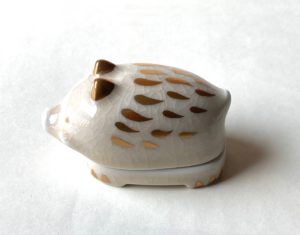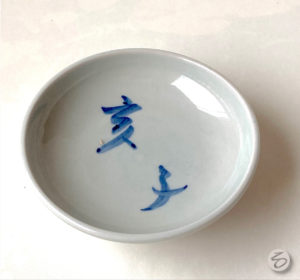Robiraki

In Chanoyu, the sunken hearth is opened on the first day of the Wild Boar of the tenth month. According to Japanese traditional architecture, the ro is a permanent part of a Tearoom, which is usually covered over when not in use. Therefore, the floor has to be opened to reveal the hearth, hence ‘opening’ the ro.
The traditional opening of the hearth, ro-biraki, 炉開, hearth-open, should occur on the first I no hi, 亥の日, Boar’s day, of the tenth month. of the kyū-reki, 旧暦, old-calendar. This day varies greatly, as the Zodiac cycle of twelve animals is different each year. In addition, the ‘tenth month’ is not November, but is identified with one of the periods of the Ni-jū-shi sekki, 二十四節気, Two-ten-four division-spirit, of the solar calendar year.
The ‘tenth’ month begins on Ri-ttō, 立冬, Start-winter, which occurs on or around November 7, and is called I no Tsuki, 亥の月, Boar’s Month. The zodiac sign of the Wild Boar is the last sign of the cycle of the Jū-ni-shi, 十二支, Ten-two-branch. The ro is opened after the start of Rittō, so that the day and month are both identified with the Wild Boar.

The sign of the Wild Boar was chosen because it is the last of the twelve animal signs of the zodiac, so that to start something on the last day carries it into the next cycle which begins with the sign of the Rat, Ne, 子. There is a continuance. Joining the Boar to the Rat, is I no Ko, 亥の子, Boar ’s Rat. ‘Ko’ is another reading for rat. The charming result of a misunderstanding of inoko, is the sweet called inoko mochi, 亥の子餅, boar’s child rice cake, which are fashioned to look like baby boars. Happily, such treats are most welcome at the opening of the ro.
For further study, see also: Ro: November Opening, Inoshishi Robiraki, Tea in November, Charcoal: Sumi for Furo and Ro, Furo Ro: Three Forms, and Furo to Ro

